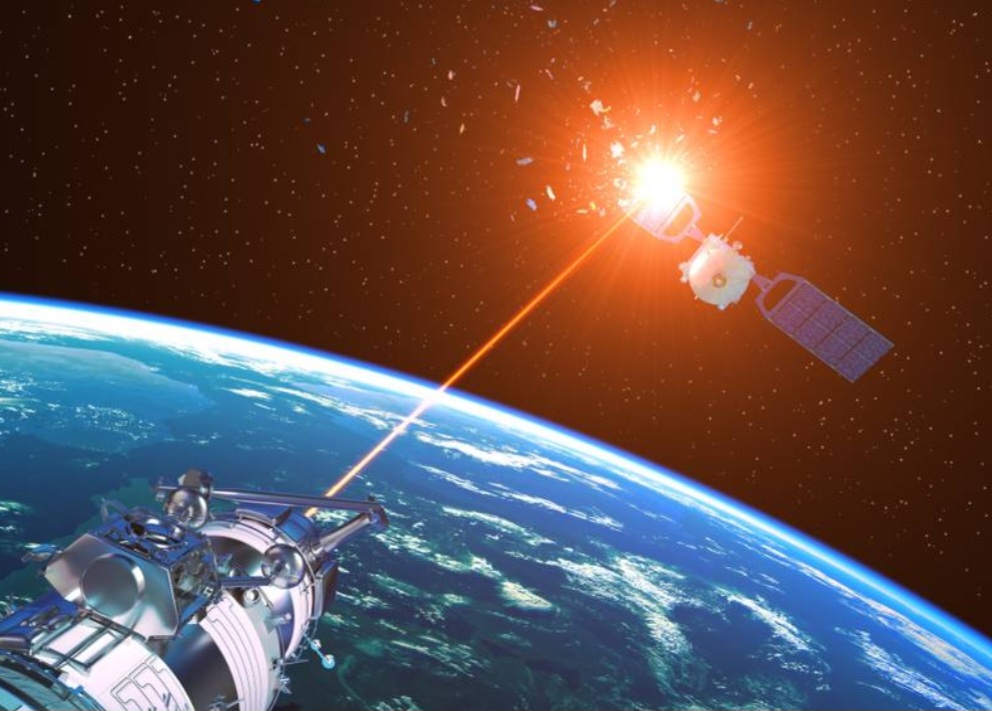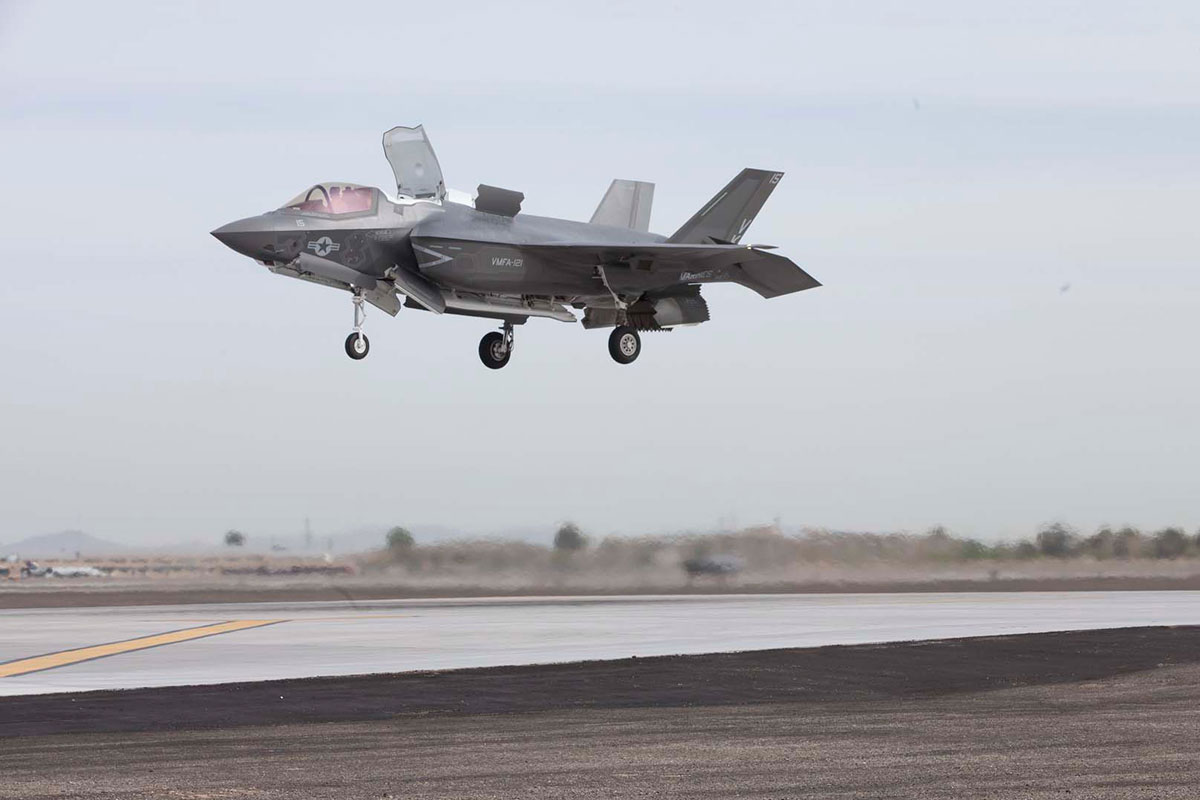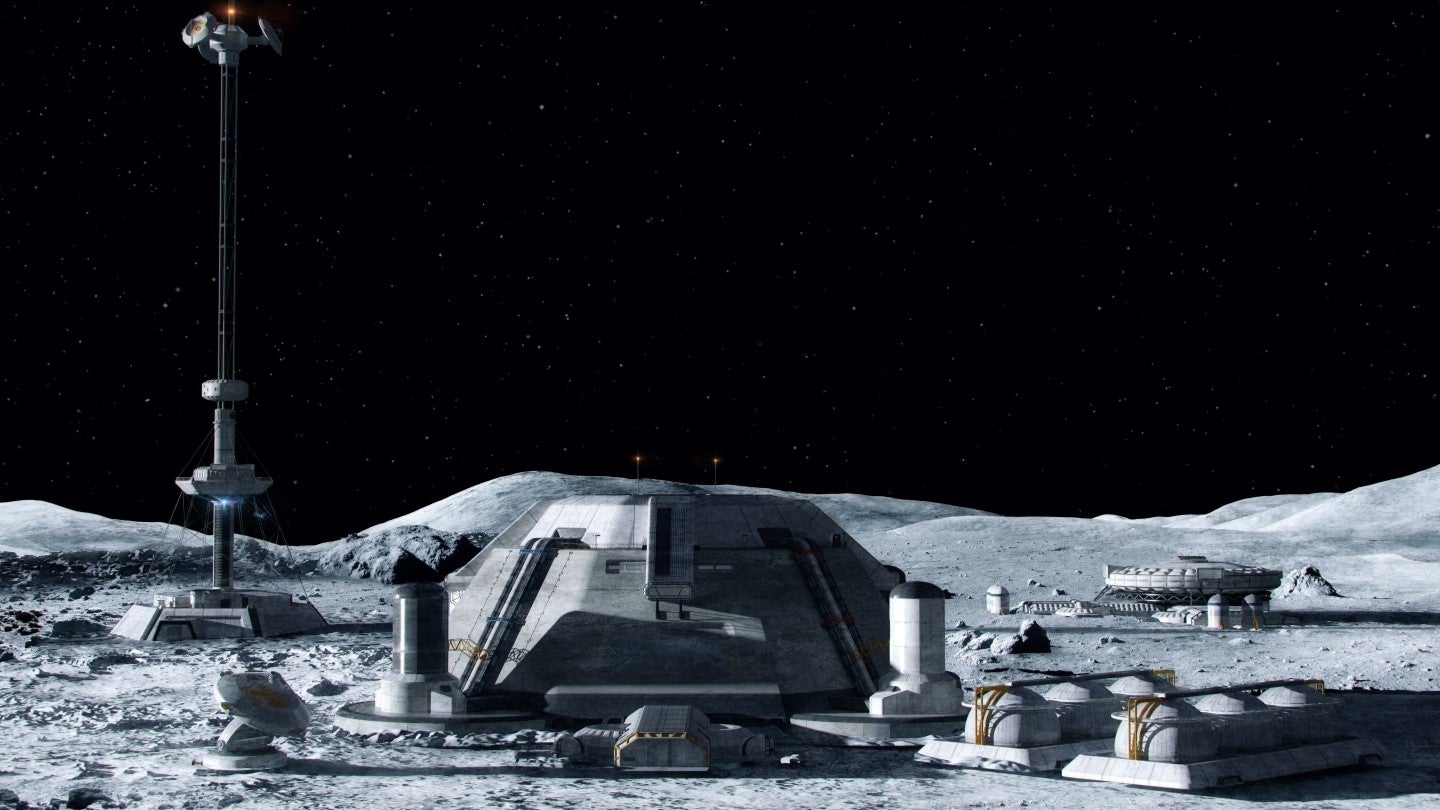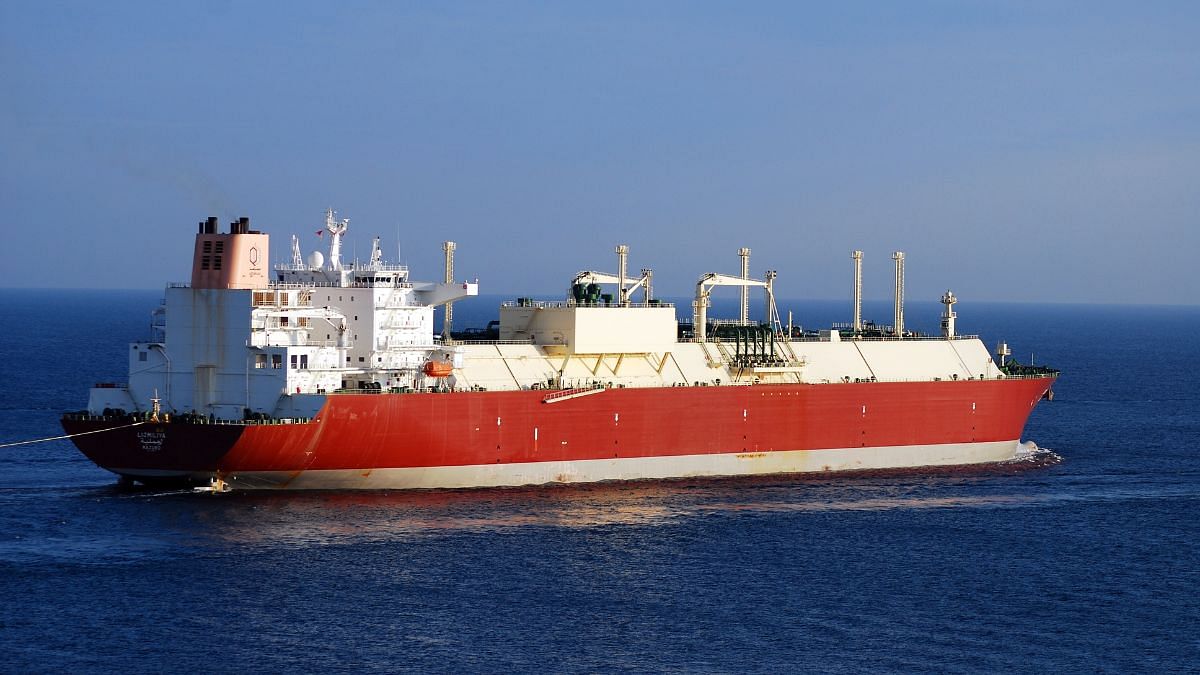SOURCE: AFI


The India-U.S. bilateral Army exercise Yudh Abhyas, currently underway at the Mahajan field firing ranges in Rajasthan, has witnessed the participation of the A-10C Thunderbolt II, an aircraft from the 25th Fighter Squadron. This marks the first time that an A-10C has joined the Yudh Abhyas exercise, showcasing the growing collaboration between the Indian and U.S. militaries.
The A-10C Thunderbolt II is a specialized aircraft designed for close air support of ground forces. Its unique capabilities, including its slow speed, maneuverability, and powerful weaponry, make it an invaluable asset in providing direct support to troops on the ground.
Continue readingSOURCE: AFI


Samir V Kamat, the chairman of the Defence Research and Development Organisation (DRDO), has emphasized the critical role of space in modern warfare. In a recent statement, he highlighted the shift from traditional land, air, and sea domains to a more complex battlefield that includes cyber, information, and space.
Kamat asserted that nations with superiority in these three domains will have a significant advantage in future conflicts. He particularly underscored the importance of space, stating that India must build its expertise and capabilities in this sector to secure a strategic edge.
Continue readingSOURCE: AFI


Cochin Shipyard Limited (CSL) today witnessed a historic moment as two new Anti-Submarine Warfare (ASW) Shallow Watercraft were launched for the Indian Navy. The vessels, named INS MULKI and INS MALPE, were launched by Smt Vijaya Srinivas, wife of Vice Admiral V Srinivas, Flag Officer Commanding-in-Chief of the Southern Naval Command.
These vessels are designed to conduct anti-submarine operations in coastal waters, low-intensity maritime operations, mine-laying, sub-surface surveillance, and search and rescue missions. They are equipped with a range of weapons, including lightweight torpedoes, anti-submarine warfare rockets, a close-in weapon system, and remote-controlled guns.
Continue readingSOURCE: RAUNAK KUNDE / NEWS BEAT / IDRW.ORG


A leaked image of a wind tunnel model of an upcoming air-launched glide munition (ALGM) under development by the Defence Research and Development Organisation (DRDO) has revealed key details about its design and capabilities.
The model showcased above shows a deployable wing on the mid-section and four actuated rear fins in an X configuration. Notably, the munition does not appear to have its own propulsion system, suggesting that it relies on the initial boost provided by the launch aircraft to achieve its desired trajectory and range.
Continue readingSOURCE: RAUNAK KUNDE / NEWS BEAT / IDRW.ORG


India is set to develop a new high-thrust engine for its Advanced Medium Combat Aircraft (AMCA) program, the country’s ambitious 5th-generation fighter jet project. According to sources within the Gas Turbine Research Establishment (GTRE), which is the lead agency responsible for this development, the new engine will require a minimum accumulated 1,600 hours of running time over nearly eight years before it can be cleared for production.
The development of the new 110 kN thrust class engine, in collaboration with a foreign Original Equipment Manufacturer (OEM), is projected to take nearly eight years, with extensive testing protocols set to validate its performance. GTRE sources indicate idrw.org that the initial 3-4 years of this timeline will be dedicated to ground-based testing. During this phase, the engine’s various parameters, such as fuel efficiency, reliability, and thrust output, will be meticulously evaluated.
Continue readingSOURCE: RAUNAK KUNDE / NEWS BEAT / IDRW.ORG


The Russian aerospace firm United Aircraft has expressed interest in partnering with India to locally manufacture its Il-76MD-90A transport aircraft. This proposal aims to replace the Indian Air Force’s (IAF) ageing fleet of Il-76MDs, which were acquired in the early 1980s.
The Il-76MD-90A is a modernized version of the Il-76MD, featuring significant upgrades and improvements. Powered by new, more powerful PS-90A-76 engines, the aircraft offers enhanced take-off, landing, and cruise performance, increased payload and flight range, improved efficiency, and reduced noise and emissions. Over 70% of the aircraft’s systems have been updated, resulting in a payload increase from 40 to 60 tons and enhanced flight safety.
Continue readingSOURCE: AFI


Not many will remember but In 2010, the Indian Navy was considering the Lockheed Martin F-35 for its future aircraft carrier fighter requirements, a move that generated significant interest. At the time, Lockheed Martin’s Vice President of Business Development for India, Orville Prins, confirmed the company’s intent to respond to the Indian Navy’s Request for Information (RFI) with two F-35 variants: the STOVL (Short Takeoff and Vertical Landing) F-35B and the carrier-based F-35C.
While the F-35B initially appeared a more logical replacement for India’s aging Sea Harrier jump jets due to its vertical landing capability, the possibility of using the F-35C, designed for steam catapult launches, was also explored. Lockheed Martin conducted simulations and analyses to evaluate the F-35C’s capability to take off from India’s ski-jump carriers without needing a catapult system.
Continue readingSOURCE: AFI


The YouTube channel “Grim Reapers,” known for its detailed Digital Combat Simulator (DCS) simulations, recently carried out a fascinating scenario exploring how the Philippines’ new Indo-Russian BrahMos anti-ship missile batteries might fare against China’s navy in a hypothetical conflict. The simulation, titled “Philippines Brahmos Missile Batteries vs US & Chinese Carrier Groups (WarGames 241) | DCS,” tested the effectiveness of the BrahMos missiles in a series of strikes against both Chinese and US carrier groups, providing an insightful look at the potential combat outcomes.
The scenario begins by testing the BrahMos missile batteries against a Chinese naval fleet. In the first attempt, a single BrahMos missile was launched toward a Chinese Type 052D destroyer. The warship responded by launching its HQ-9B interceptor missile. The result was an interception success for the Chinese, as the BrahMos missile was neutralized before reaching its target.
Continue readingSOURCE: AFI


A Thane-based spacetech startup, InspeCity, has showcased its innovative robotic arm at the National Space Day Celebrations at DRDO. This robotic arm is designed to address the growing problem of space debris, which includes defunct satellites and other debris orbiting Earth.
As businesses like SpaceX continue to launch thousands of satellites into low Earth orbit, the risk of collisions and further debris generation is escalating. InspeCity is capitalizing on this opportunity by developing technologies for in-space repairs and controlled de-orbiting of satellites.
Continue readingSOURCE: AFI


Chennai, Tamil Nadu will host the Indian Air Force (IAF)’s 92nd Raising Day celebrations on October 8, 2024. This marks the third time the event is held outside Delhi, following previous celebrations in Chandigarh and Prayagraj.
The festivities will commence at 7:45 AM with a grand parade and fly-past at a designated location in Chennai. Afterward, the city will witness a captivating airshow over Marina Beach. This spectacular display will showcase the IAF’s frontline fighter jets, including the Rafale, Sukhoi, and Tejas, providing a glimpse into the country’s advanced aviation capabilities.
Continue readingSOURCE: IDRW.ORG TEAM


In a significant boost to India’s indigenous aerospace industry, SAFHAL Helicopter Engines Private Limited (SAFHAL), a joint venture between Hindustan Aeronautics Limited (HAL) and Safran, has signed an airframer contract to develop and manufacture a new generation of high-power engines named “Aravalli.” These engines are poised to power HAL’s upcoming medium-lift helicopters, the Indian Multi-Role Helicopter (IMRH) and the Deck-Based Multi-Role Helicopter (DBMRH).
The Aravalli engines are estimated to cost around 12-14 crores per unit. With a planned production of over 400 IMRH and DBMRH helicopters, each requiring 3-3.5 engines throughout their 30-year service life, the total demand for Aravalli engines is expected to reach nearly 1300 units.
Continue readingSOURCE: IDRW.ORG TEAM


The Indian Air Force (IAF) is actively working to integrate a wide range of indigenous weapon systems onto its Sukhoi-30MKI fleet. The Defence Research and Development Organisation (DRDO) has developed 16-18 weapon systems that are currently undergoing integration processes.
A key player in this endeavor is the IAF’s Software Development Institute. The institute is responsible for ensuring seamless communication between the various sensors onboard the Sukhoi-30MKI, including its Mission Computer (MC) system, and the newly developed weapon systems. This integration is crucial for the successful operation of these weapons and their effective utilization in combat scenarios.
Continue readingSOURCE: AFI


Despite significant modernization efforts, the Indian Army continues to face a strategic challenge in terms of long-range multiple rocket launcher systems (MRLS) compared to its regional rivals. While the Indian Army has made strides in acquiring and developing advanced weaponry, its current capabilities fall short of those possessed by countries like China and Pakistan.
One of the primary concerns is the range disparity. The Indian Army’s Pinaka MRLS, equipped with guided rockets, has a maximum range of approximately 90 kilometers. In contrast, China’s 370mm guided rockets boast a maximum range of 300 kilometers. This significant difference in range could potentially limit the Indian Army’s ability to effectively target key enemy infrastructure and military assets from a safe distance.
Continue readingSOURCE: AFI


Russia’s ambitious project to establish a nuclear power station on the Moon has garnered significant interest from both India and China. This revelation was made by Alexey Likhachev, the head of Rosatom, the Russian state nuclear energy corporation.
According to a report by TASS, Likhachev stated that China and India are keen to collaborate on creating this groundbreaking lunar energy solution. Speaking at the Eastern Economic Forum, he emphasized the potential of a lunar nuclear power plant with an energy capacity of up to half a megawatt.
Continue readingSOURCE: AFI


In response to Russia’s ongoing aggression against Ukraine, the United States has taken further steps to impose costs on those supporting Russia’s war effort and attempting to expand Russia’s global energy leverage.
Today, the Department of State has targeted two entities and two vessels connected to the export of liquefied natural gas (LNG) from the U.S.-sanctioned Arctic LNG 2 project. The entities sanctioned are Gotik Energy Shipping Co (Gotik) and Plio Energy Cargo Shipping OPC PVT LTD (Plio Energy). Gotik and Plio Energy are the registered owner and commercial manager, respectively, of the LNG carrier (LNG/C) New Energy.
Continue reading